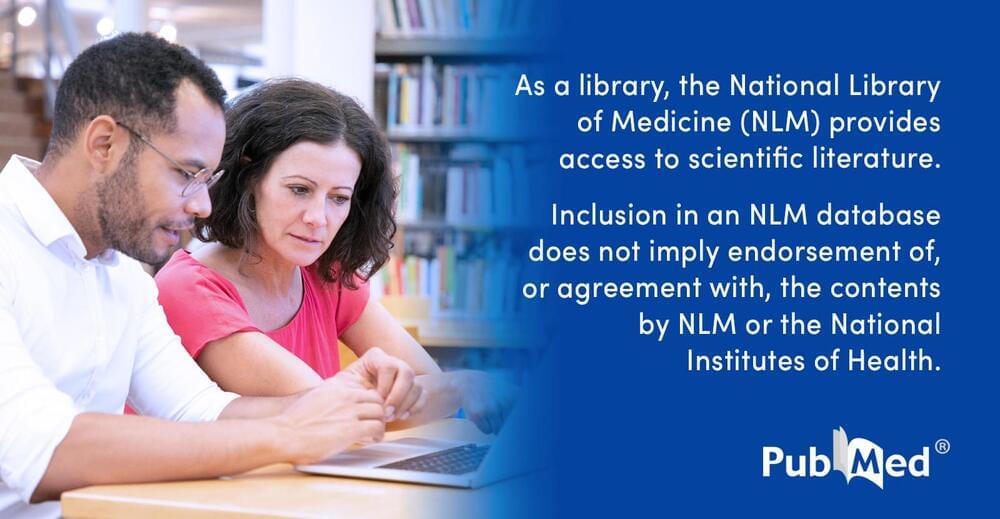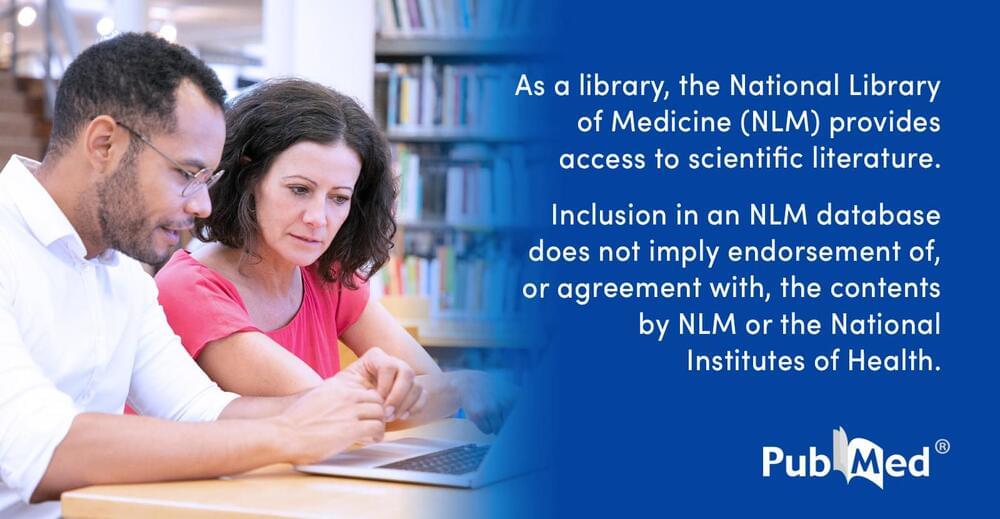Growth of data eases the way to access the world but requires increasing amounts of energy to store and process. Neuromorphic electronics has emerged in the last decade, inspired by biological neurons and synapses, with in-memory computing ability, extenuating the ‘von Neumann bottleneck’ between the memory and processor and offering a promising solution to reduce the efforts both in data storage and processing, thanks to their multi-bit non-volatility, biology-emulated characteristics, and silicon compatibility. This work reviews the recent advances in emerging memristive devices for artificial neuron and synapse applications, including memory and data-processing ability: the physics and characteristics are discussed first, i.e., valence changing, electrochemical metallization, phase changing, interfaced-controlling, charge-trapping, ferroelectric tunnelling, and spin-transfer torquing. Next, we propose a universal benchmark for the artificial synapse and neuron devices on spiking energy consumption, standby power consumption, and spike timing. Based on the benchmark, we address the challenges, suggest the guidelines for intra-device and inter-device design, and provide an outlook for the neuromorphic applications of resistive switching-based artificial neuron and synapse devices.
PubMed Disclaimer




